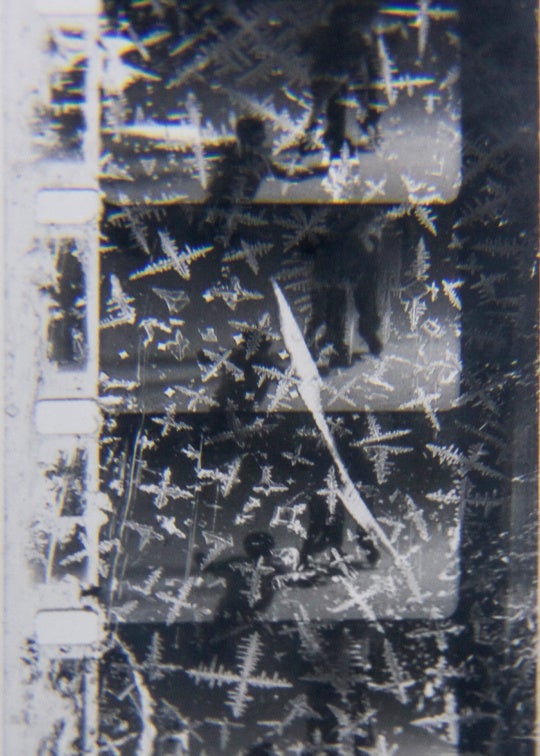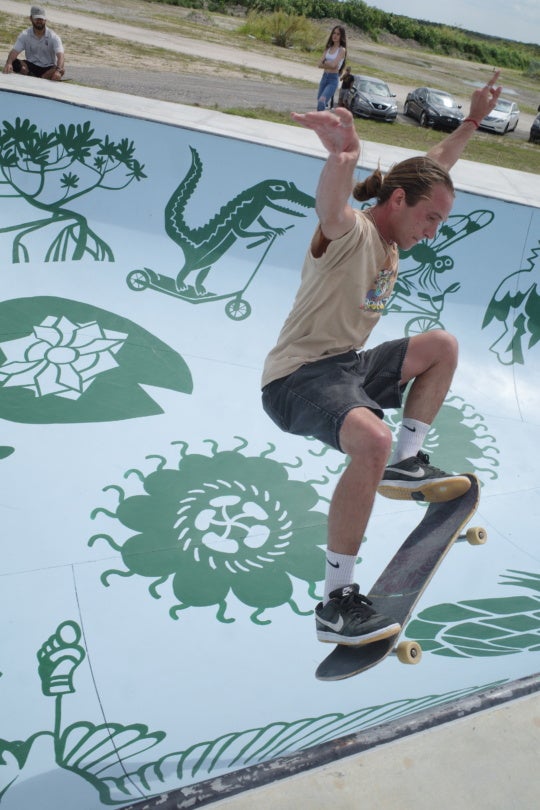


Dineo Seshee Bopape (b. 1981, Polokwane, South Africa) presents a suite of new, ICA-commissioned work spanning video, sculpture, installation, and animation, curated by Amber Esseiva. Celebrated for her research-intensive explorations of place, history and spirituality, Bopape often roots her work in the material and metaphysical qualities of earthly elements like soil, clay and dust. She continues this practice in “Ile aye, moya, là, ndokh … harmonic conversions … mm,” gathering clay and soil samples from four sites and incorporating them into each of her new works. Harnessing raw material and video footage from each place, Bopape explores their parallel histories and the interconnectedness of land, water and body as sites of both trauma and commemoration.
The show’s title refers to the elements: earth (ile aye), wind (moya), fire (là) and water (ndokh) in various African languages. Focusing on sites that were involved in the transatlantic slave trade, Bopape’s exhibition connects four places chosen for their locations as former slave routes or ports of slavery-related commerce: Richmond, New Orleans, Senegal and Ghana. Merging the artist’s interests in soil and architecture, the exhibition mines the natural and built environments in all four sites to explore the legacies of pain, spiritualism, resistance and rebellion held within each.
As part of the exhibition, the ICA and Bopape are partnering with the Menokin Foundation, a nonprofit dedicated to preserving the historic Virginia home of Francis Lightfoot Lee, a signer of the Declaration of Independence, and sharing the stories of the site’s inhabitants, including those who were enslaved there. Descendants of enslaved laborers at Menokin are creating small sculptures from clay sourced from the property, which Bopape will arrange into a larger installation at the ICA.
from the exhibition text







“Dineo Seshee Bopape: Ile aye, moya, là, ndokh … harmonic conversions … mm” is on view at the Institute for Contemporary Art at VCU in Richmond, Virginia through December 8.




